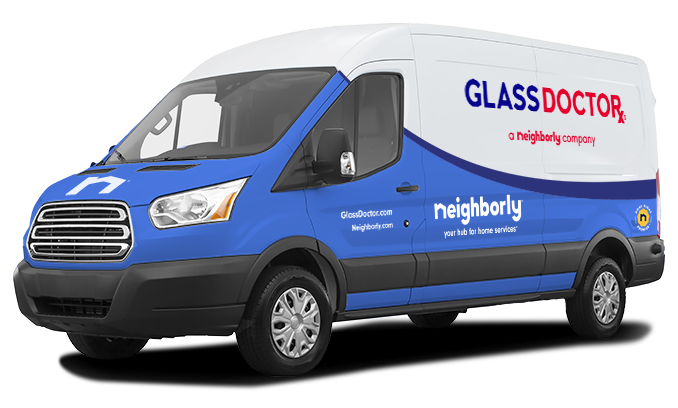
Glass Doctor emphasizes the benefits of upgrading to tempered glass.
|
You never expect a window or glass door in your home to break, but accidents happen. If a stray baseball or flying debris from a storm hits your patio door, you’ll be grateful if it’s made of tempered glass. Learn more about this safety glazing and when it’s best to upgrade to it.
What is Tempered Glass?
The tempering process involves heating glass to about 1100 degrees F and then quickly “quenching” it in cold air. This fast cooling process strengthens the outer layer of the glass to help it withstand impacts without breaking. Then, when it does break, it shatters into tiny particles, reducing the chance of serious injury that could be caused by flying shards of glass. This is why tempered glass is considered a type of safety glass.
Note: Tempered glass is not the same as heat-strengthened glass, which is super heated and then cooled slowly. This produces stronger, break-resistant glass, but the pane will still splinter into dangerous shards when broken.
Tempered Glass vs Regular Glass: Which is Better?
Installing tempered glass in the right places could be a life-saving choice. Because of its safety features, it may seem obvious that you should upgrade from untreated annealed glass to tempered glass whenever possible. However, tempered glass isn’t appropriate for all applications. Consider these pros and cons of tempered glass vs regular glass.
Pros of Tempered Glass
- Stronger: Rated to withstand surface compression of at least 10,000 psi, tempered glass is about four times stronger than regular glass. This greatly decreases the chance of breaking on impact.
- Safer: Tiny pebbles of broken safety glass are unlikely to even scratch you, making them far safer than the large shards of glass that result when a regular window breaks.
Cons of Tempered Glass
- Spontaneous glass failure is rare but possible: The tempering process that gives safety glass compression strength may also cause it to shatter, seemingly out of nowhere. Tiny inclusions present in the glass expand when exposed to high temperatures, which may cause a window exposed to direct sunlight to shatter. This phenomenon is rare, but still worth your consideration.
- Distortion: Heat-treated glass sometimes develops subtle roller waves, causing reflected images to distort. This distortion is often more pronounced in tempered glass than heat-strengthened glass.
- Fallout: In high-rise buildings where broken glass can fall on passersby below, it’s safer to use laminated heat-strengthened glass in place of tempered glass because it tends to remain in the frame better after breaking.
How to Tell the Difference Between Regular Glass and Tempered Glass
You know if a window, door, mirror, or glass panel is made of tempered glass if it features a small etched logo in the corner indicating that it meets the Consumer Product Safety Commission (CPSC) and American National Standards Institute (ANSI) codes for safety glass.
Where to Install Tempered Glass in Your Home
You can find safety glass all around you. It’s used in car windows, high rise building windows, glass-top tables, and cell phone screens. Because of the unique characteristics of tempered glass, you should only install it in specific places in your home where building codes require safety glazing. These areas may include:
- Shower doors
- Bathroom mirrors
- Skylights
- Glass patio doors
- Windows adjacent to doors
- Windows located close to the floor
- Windows with an area larger than nine square feet
- Windows surrounding indoor or outdoor swimming pools
- Glass walls enclosing balconies and stairway landings
Schedule Tempered Glass Services with Glass Doctor®
If you’re interested in installing tempered glass windows and doors in your home, please contact Glass Doctor today to learn more about our services.

